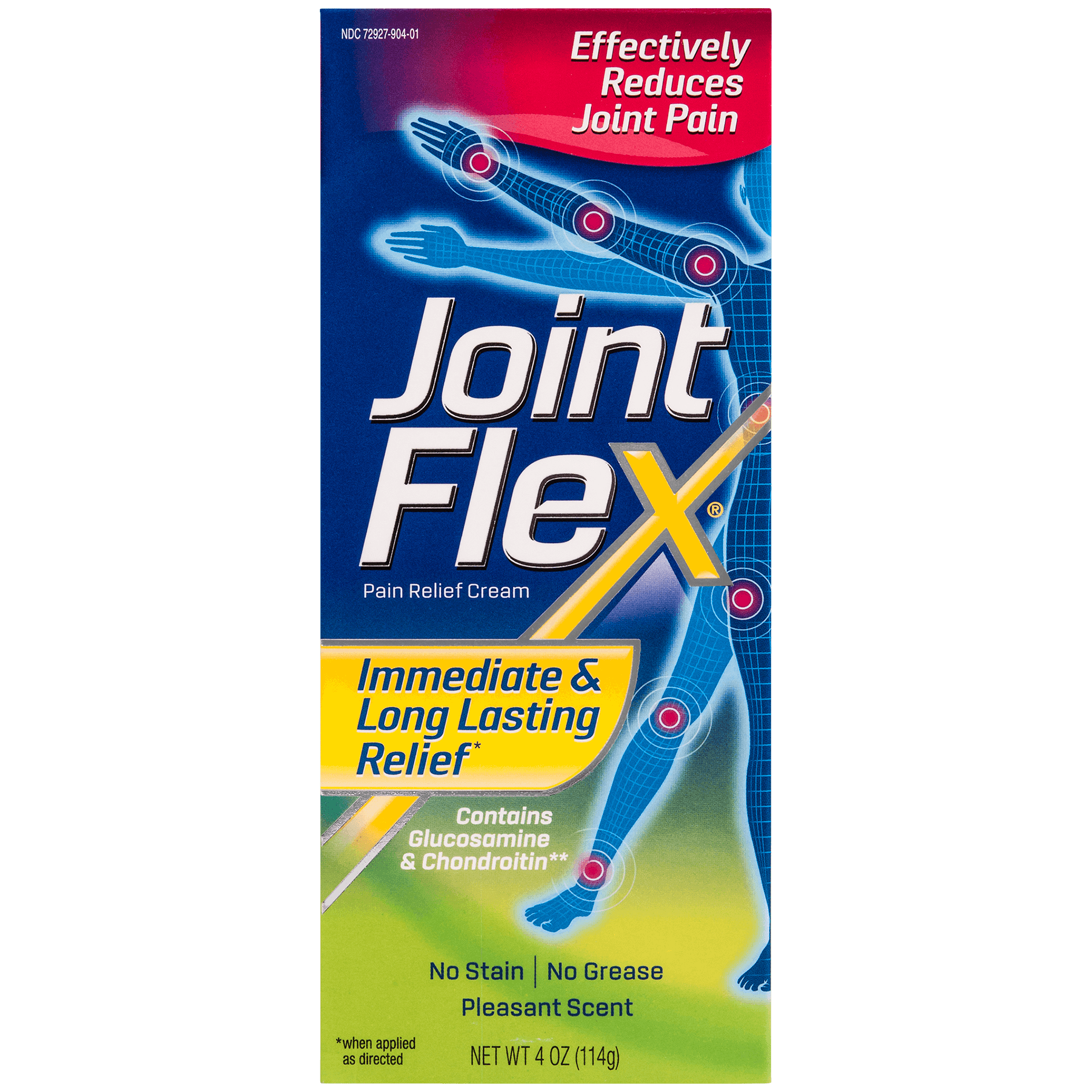
Turf toe is a condition most often associated with football players, but it can actually affect athletes who play many other sports too. Turf toe involves a ligament sprain in the big toe joint,1,2 which means that gymnasts, dancers, soccer players, wrestlers, basketball players, and other athletes are also susceptible to this injury.
This type of sprain can be very mild or severe enough to take an athlete out of the game, so it’s important to catch the symptoms early to let the healing process begin. The purpose of this article is to dispel the myth that turf toe is strictly a football injury and how other athletes can recognize and treat this condition as well.
Causes of Turf Toe
Athletes put an incredible amount of strain on the joints of their toes. The big toe joint is utilized to allow vertical motion and functions as a hinge. There are bones in the tendon of the ball of the foot behind the big toe joint that facilitate movement of the big toe joint. In many different sports, athletes push off from their big toes to propel themselves forward. With the forefoot fixed on the ground and the heel raised, turf toe injuries occur when the big toe is hyperextended.
These types of injuries are often caused on artificial surfaces, such as turf because these surfaces often do not absorb shock well and are harder. However, turf toe can also occur on grass if an athlete is wearing unsupportive shoes.
Symptoms of Turf Toe in Athletes
Turf toe injuries typically cause immediate pain in the toe joint. Within a short amount of time, the big toe may swell, and the athlete may experience limited joint movement at the base.3 Some athletes who suffered a turf toe injury actually hear a popping sound in their toe when it is overextended.4
The Importance of Treating Turf Toe Early
As with most sports-related injuries, it is important to recognize the signs and symptoms of turf toe as early as possible.5 While the condition is still minor, simple rest and ice can help restore the toe joint to its normal level of functioning.
However, the symptoms of turf toe tend to get worse with time, especially if it is caused by an injury of repetitive motion. Physicians diagnose turf toe after a foot examination and x-ray, perhaps followed by a CT scan or MRI if necessary.1
Treatment Suggestions for Turf Toe
Rest, ice, compression, and elevation is the best recipe for treating turf toe because this combination allows the joint to heal and regain full range of motion.1,4,5 Powerful pain relief creams, like JointFlex, can be rubbed into the big joint for immediate and long-lasting relief. Over-the-counter oral medications may help reduce pain and inflammation as well. In more severe cases, the use of crutches, physical therapy, or surgery may be discussed.
Turf Toe Prevention Tips
Even after beginning a treatment plan for turf toe, it is important to determine why it happened in the first place to prevent it from recurring. For athletes that play their sports on artificial surfaces rather than dirt or grass, it is important to wear soft and flexible shoes designed for this purpose.6 Certain athletic shoes provide reduced forefoot stability to prevent turf toe without sacrificing agility.
It is also recommended to stretch and bend the toes before exercise to prevent injury. For further prevention, a sports medicine specialist may be able to recommend tips related to performance or gait that will help keep the toes safe and healthy.
1. Turf toe. American Academy of Orthopaedic Surgeons. Retrieved November 10, 2018 from https://orthoinfo.aaos.org/en/diseases–conditions/turf-toe/.
2. Turf toe. American College of Foot and Ankle Surgeons. Retrieved November 10, 2018 from https://www.foothealthfacts.org/conditions/turf-toe.
3. Stewart, G. W. (2016 June 3). Turf toe symptoms. Sports Health. Retrieved November 10, 2018 from https://www.sports-health.com/sports-injuries/ankle-and-foot-injuries/turf-toe-symptoms.
4. Turf toe. Sports Physical Therapy. Retrieved November 10, 2018 from http://www.sportsptcenters.com/spt-pain-guide/foot-ankle-pain/turf-toe/.
5. Stewart, G. W. (2016 June 3). Turf toe treatment. Sports Health. Retrieved November 10, 2018 from https://www.sports-health.com/sports-injuries/ankle-and-foot-injuries/turf-toe-treatment.
6. Haddad, A. (2016 June 16). Are you at risk for a turf toe injury? Sports Health. Retrieved November 10, 2018 from https://www.sports-health.com/blog/are-you-risk-turf-toe-injury.


